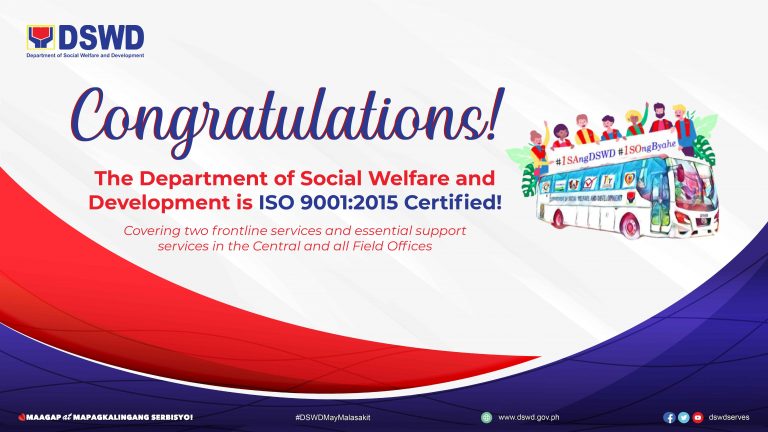The Department of Social Welfare and Development Field Office X (DSWD-10) has officially commenced the simultaneous delivery of goods this week to the provinces of Bukidnon, Misamis Oriental, Camiguin, and Lanao del Norte as part of the implementation of the FY 2025 Supplementary Feeding Program (SFP) across Northern Mindanao.
This marks the official start of the 120-day feeding program in Child Development Centers (CDCs) and Supervised Neighborhood Plays (SNPs) groups. Each center received raw, nutritious food items based on the recommended menu developed during last year’s menu planning. The menu is tailored to the food preferences of children and the availability of commodities in the region.
This year, the SFP has also begun the implementation of alternative meals, complementary food packs consumed by children every Saturday and Sunday. This initiative aims to sustain the children’s nutritional intake even during weekends, ensuring continuous and uninterrupted nourishment.
The alternative meals were developed by the Food and Nutrition Research Institute under the Department of Science and Technology, which is mandated to conduct research and formulate nutritious food products that address the country’s prevailing nutrition and food security concerns.
Following the delivery of goods, CDCs and SNPs have already started their feeding activities. The program aims to significantly reduce, if not eliminate, the number of malnourished children by the end of the feeding cycle, especially with the inclusion of weekend meals.
Deliveries of goods are scheduled every two weeks. Next week, Misamis Occidental is set to receive its allocation, marking the start of its implementation of the feeding program.
“Para sa akong anak nga malnourished, naay dakong kakulangon sa kahimsog, tungod sa SFP, katong sa feeding program, dako kaayo ko’g pasalamat kay na-improve iyahang timbang ug iyahang height … dako gyud siyag kausaban,” says Evangeline Lerasan, a parent-beneficiary of SFP.SFP provides additional food, apart from the regular three meals a day, to children enrolled in CDCs and SNPs. It aims to improve and sustain their nutritional status by using indigenous or locally produced foods that meet one-third of the recommended energy and nutrient intake. The program also enhances the knowledge, attitude, and practices of children, parents, and caregivers through intensified nutrition and health education. ###


